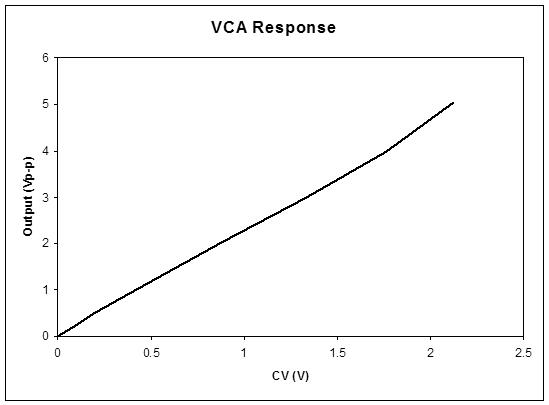Hi Dewster,
I will try those - but if they are "true" then they are miles off any JFET I have measured (or derived values from in real life from circuits).. VTO at -7.15 in particular.. And miles off from some of my models (Alas, generic models in Proteus dont show their values, so I must derive these by building simulated test circuits)
But I think it comes down to VGS(off) in my Proteus J174 model being much lower - I have been running test circuits and it seems this model is giving something like a VGS(off) of about -2.
I am not worried anymore though - everything behaves as expected when I use models I create myself, and when I use the same model in both LT-Spice and Proteus I get the same results..
I have been playing with this VCA and derivations thereof and cannot find a flaw - thermally link the transistors and its a core circuit with wide application and almost ideally suited AFAICS to many theremin related things - As a VCA, as you pointed out, its clean and easy - no need to mess with the signal path (attenuation/amplification) and as maximum attenuation corresponds to 0V on the gate, setting up the CV is one simple trim using 2 resistors, all one needs is to set the incoming gate voltage so that the fet acts in its linear zone, and this is easy because Vds is is so low..
I think CV trimming will be required in any practical application due to the wide variation in VGS(off) from part to part (-5V to -10V for the J174 ?)
So far, in simulations (using a few added components for AC coupling and biasing / adjustment ) I have "made" mixers, frequency doublers, audio ring modulators, wonderful distortion circuits, squarer, and of course VCA ;-) - A whole load of circuits I have been using H11F1's to achieve can be easily replaced.
I think the selected parts with their high VGS(off) are probably best - but I want to play with more common JFets having lower VGS(off) - simulations indicate these will work ok but perhaps not be quite as linear / low distortion..
Fred




